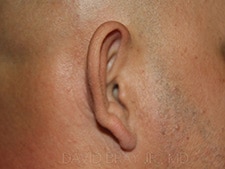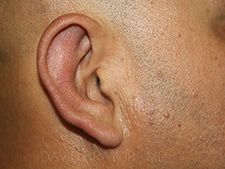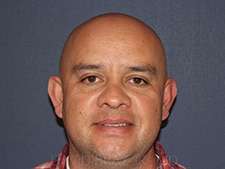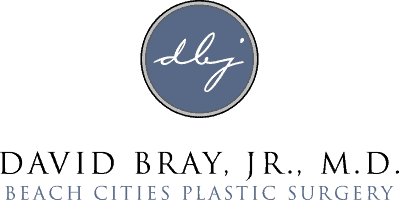Otoplasty (Ear Surgery)
in Torrance, CA
Also serving Palos Verdes & Redondo Beach
Otoplasty is performed to improve the shape and contour of the ears. Patients may have concerns about the shape of their ears for many reasons. In some cases the ears stick out too far from the head. In other cases the ears are too small or too long. Some patients may have an ear that is stuck beneath the skin. Whatever the concern is, Dr. Bray, Jr. will evaluate the problem and establish a treatment plan with the patient.
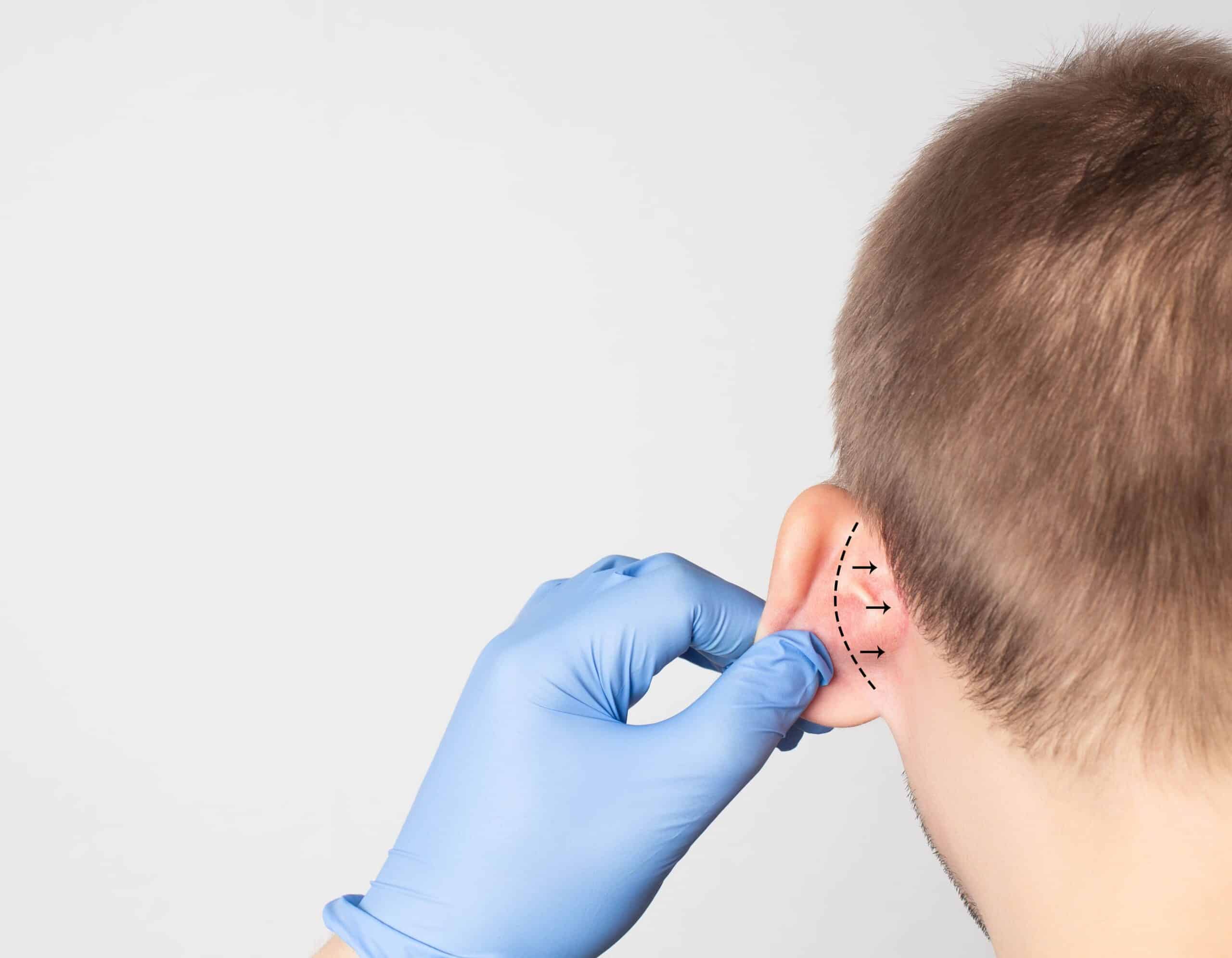
Reasons for Surgery
The most common reason for otoplasty surgery is the prominent ear. The prominent ear has the following characteristics: a poorly defined or absent antihelical fold, conchal excess, and a conchoscaphal angle greater than 90 degrees. During surgical correction of the prominent ear, Dr. Bray, Jr. will shape the ear in order to correct these problems. The antihelical fold may be created with sutures used to shape the ear cartilage. This will also correct the conchoscaphal angle. The conchal excess may be treated by using sutures to position the conchal cartilage closer to the head and in some cases a small amount of excess cartilage is removed.
The Otoplasty Procedure
Otoplasty may be performed under local or general anesthesia. For children the procedure is usually performed under general anesthesia and for adults the procedure is performed under either general or local anesthesia. The otoplasty technique is modified based on the anatomic problem. In ears that stick out, sutures are used to shape the ear (creating an anti-helix) and to suture the ear closer to the head. In some of these cases a small amount of cartilage is also removed to allow the ear to be positioned closer to the head.
Postoperative Care
After an otoplasty procedure Dr. Bray, Jr. will place a compression dressing over the ears. This will be changed to a headband over the first few days. The headband which goes over the ears should be worn at all times for the first week after surgery. Then the headband should be worn over the ears every night for the next three weeks. The patient will also be placed on antibiotics for the first few days post-op. The sutures may be removed in one week if dissolvable sutures were not placed.
FAQs
What is the recovery process like after otoplasty surgery?
The recovery process following otoplasty, or ear shaping surgery, involves several stages. Initially, patients may experience some discomfort and swelling, which can be managed with prescribed pain medication. A protective dressing will be placed over the ears to support the new shape and protect the surgical site. This dressing is typically removed within a few days, but patients may need to wear a headband, especially at night, to ensure the ears heal in the desired position.
Most patients can return to their normal activities, including work or school, within a week. However, strenuous activities and contact sports should be avoided for at least a month to prevent any damage to the ears. It’s crucial to follow Dr. Bray’s post-operative care instructions carefully to ensure a smooth recovery and optimal results. Regular follow-up appointments will be scheduled to monitor healing progress.
How can I prepare for my otoplasty consultation with Dr. Bray?
Preparing for your otoplasty consultation with Dr. Bray involves a few key steps to ensure a productive and informative session. First, gather any relevant medical history, including previous surgeries, medical conditions, and current medications. This information helps Dr. Bray assess your overall health and suitability for the procedure.
Next, consider your goals and expectations for the surgery. Think about what aspects of your ears you are unhappy with and how you would like them to look after the surgery. Bringing photos or examples of desired outcomes can be helpful in communicating your expectations.
It’s also beneficial to prepare a list of questions to ask Dr. Bray. Common questions might include details about the surgical procedure, recovery timeline, potential risks, and the surgeon’s experience with otoplasty. Being well-prepared will help you make an informed decision about proceeding with the surgery.
Are there any risks or complications associated with otoplasty?
As with any surgical procedure, otoplasty carries some risks and potential complications. Common risks include infection, bleeding, and adverse reactions to anesthesia. Although rare, there can also be issues with the healing process, such as scarring, asymmetry, or changes in skin sensation around the surgical area.
Specific to otoplasty, complications can include overcorrection or undercorrection of the ear shape, leading to a less than satisfactory outcome. There might also be a risk of the ear returning to its original position if post-operative care instructions are not followed properly.
Dr. Bray takes every precaution to minimize these risks by using advanced surgical techniques and providing detailed post-operative care instructions. It’s essential to follow these instructions closely and attend all follow-up appointments to address any concerns promptly.
How long do the results of otoplasty typically last?
The results of otoplasty are generally long-lasting and can significantly improve the appearance and symmetry of the ears. Once the ears are reshaped and healed, the results are typically permanent. This permanence is due to the ear cartilage being repositioned and secured during the surgery.
However, it’s important to note that while the structural changes endure, the natural aging process will continue to affect the skin and tissues of the ears over time. This means that while the new shape of the ears will remain, there might be some changes in appearance as you age.
Dr. Bray will provide guidance on how to maintain the best possible results post-surgery. This includes protecting the ears from trauma and adhering to recommended care practices to ensure the longevity of the surgical outcomes.

